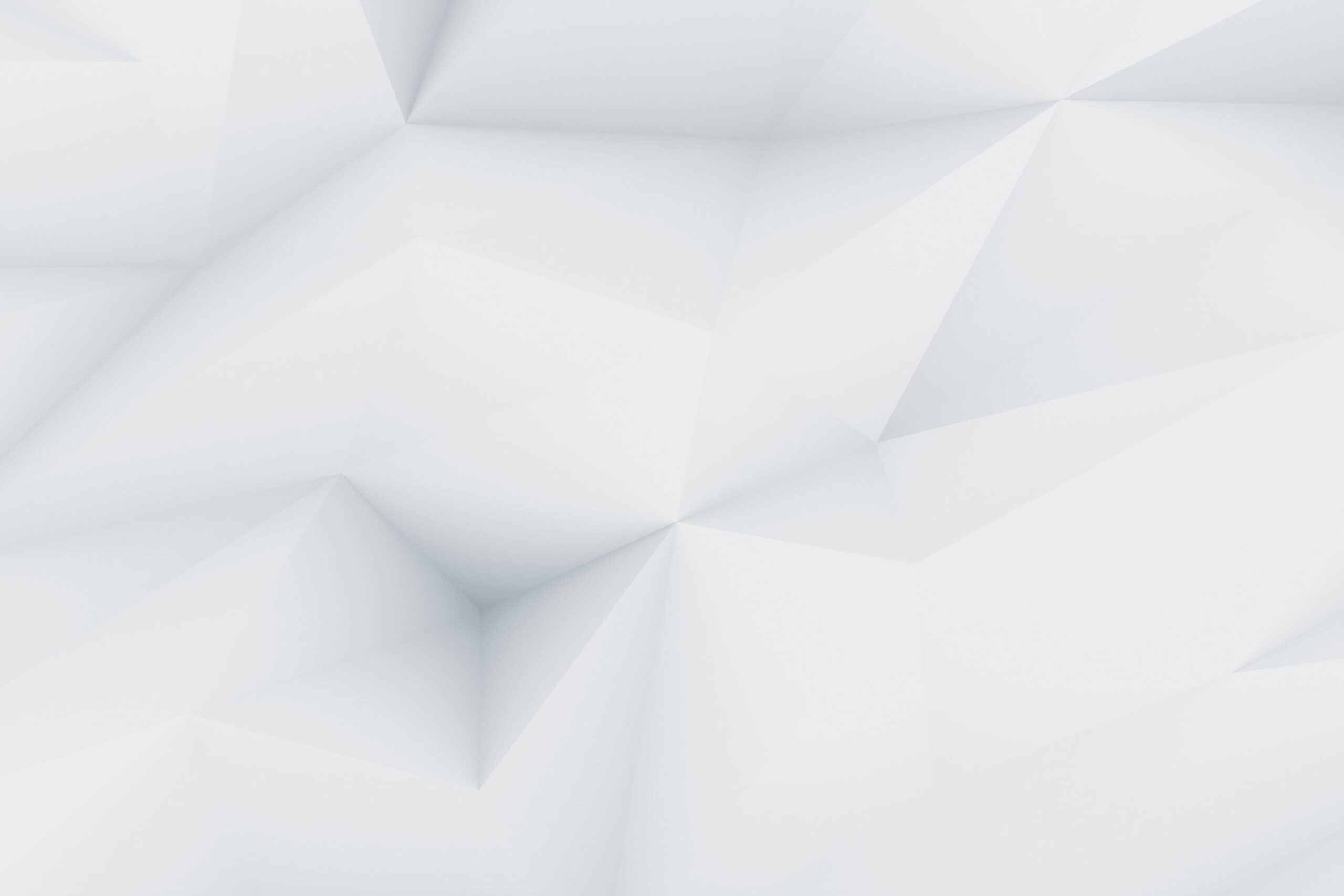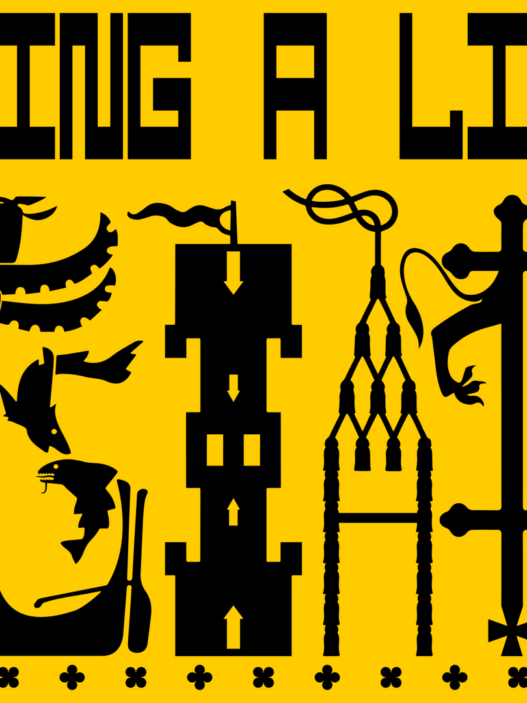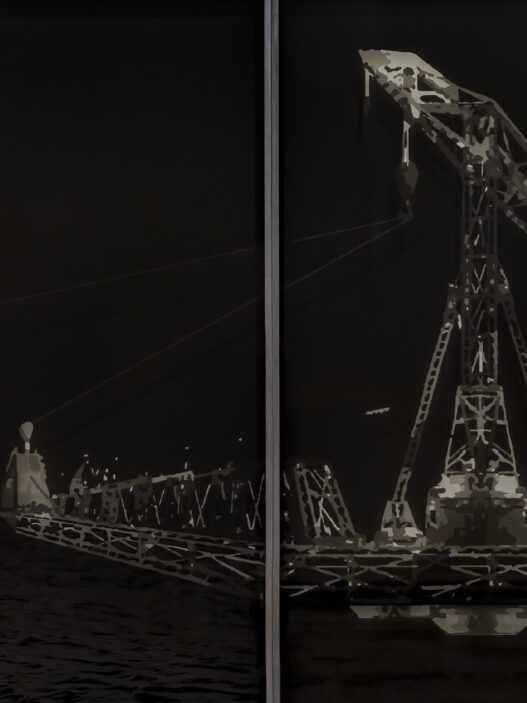May 29–August 21, 2022
Opening: May 28, 6–10pm
With her sculptures and objects Daphne Ahlers draws on elements and symbols of apparently firmly anchored patriarchal images and discourses and then takes these into alternative forms of expression. Her ideas and formal solutions alike address a space of thinking and action that separates the genders. Ahlers works with the concepts of “soft sculpture,” in which mainly malleable soft materials are used, and “shell sculpture,” which is based on forms that are made to protect soft materials from external violence. She finds models and ideas for her own thoughts in historical contexts from the cultural sciences and popular culture. An example that Ahlers has used for her works is the motif of the “codpiece,” which on the one hand was an element in dominant male fashion in the fifteenth and sixteenth centuries, and on the other hand is used as a protective item in the martial arts and sports today. She makes different new variations based on this original form, adding further elements to it.
The motif of the ribbon, another object with a long cultural tradition, is also further developed in similar ways. The characteristics of these forms and their appertaining constructs are adapted in multiple revisions and variations on a theme, while also being subjected to contrary feminine perspectives. In the ways she uses the malleable, soft, and adaptable features of textiles, foam, latex, and other synthetic materials, Daphne Ahlers operates within a material approach that metaphorically appeals to our ability to change and shape social discourses.
In the work of Nicole Wermers an exploration of urban space is combined with considerations on the formal idioms and materials of modernism. In particular, she addresses the sociological, economic, and psychological aspects of these spaces, expressed in an interest in how real and reproduced materials, surfaces, and places communicate concepts such as desire and power. Wermers’s works decode strategies of urban consumer and everyday culture, for example the appropriation of art history as a form of cultural capital, and they trace the development of complex phenomena in modernism into homogeneous designer surfaces.
For Kunsthaus Glarus, Nicole Wermers had made a new series of works devoted to the reclining figure, a wellknown motif in the history of art. On the one hand, her figures recall their sculptural equivalents in public spaces, but by placing them on cleaning trolleys Wermers also indicates a context that mostly plays out at the margins of public life—care and maintenance work. These cleaning trolleys are all individually designed, and so they also become sculptural elements in their own right in addition to serving as plinths. In combination with the reclining figure this creates a situation whereby the female body permits itself a respite, both in terms of its art-historical ascriptions and also menial maintenance work.
The exhibitions are generously supported by: Kanton Glarus SWISSLOS Kulturfonds, Stiftung für ein starkes Glarnerland, Glarner Kantonalbank, Glarner Agenda, and Henry Moore Foundation.
Curated by Melanie Ohnemus.
Upcoming events
May 29, 4pm: Dialog guided tour with Nicole Wermers and Melanie Ohnemus
June 25, 2-6pm: Live sets with Ana Jikia, Iku and Lonely Boys
June 26, 4pm: Dialog guided tour with Daphne Ahlers and Melanie Ohnemus
Im Volksgarten
CH – 8750 Glarus
Switzerland
Saturday–Sunday 11am–5pm
T 41 0 55 640 25 35
office@kunsthausglarus.ch
















